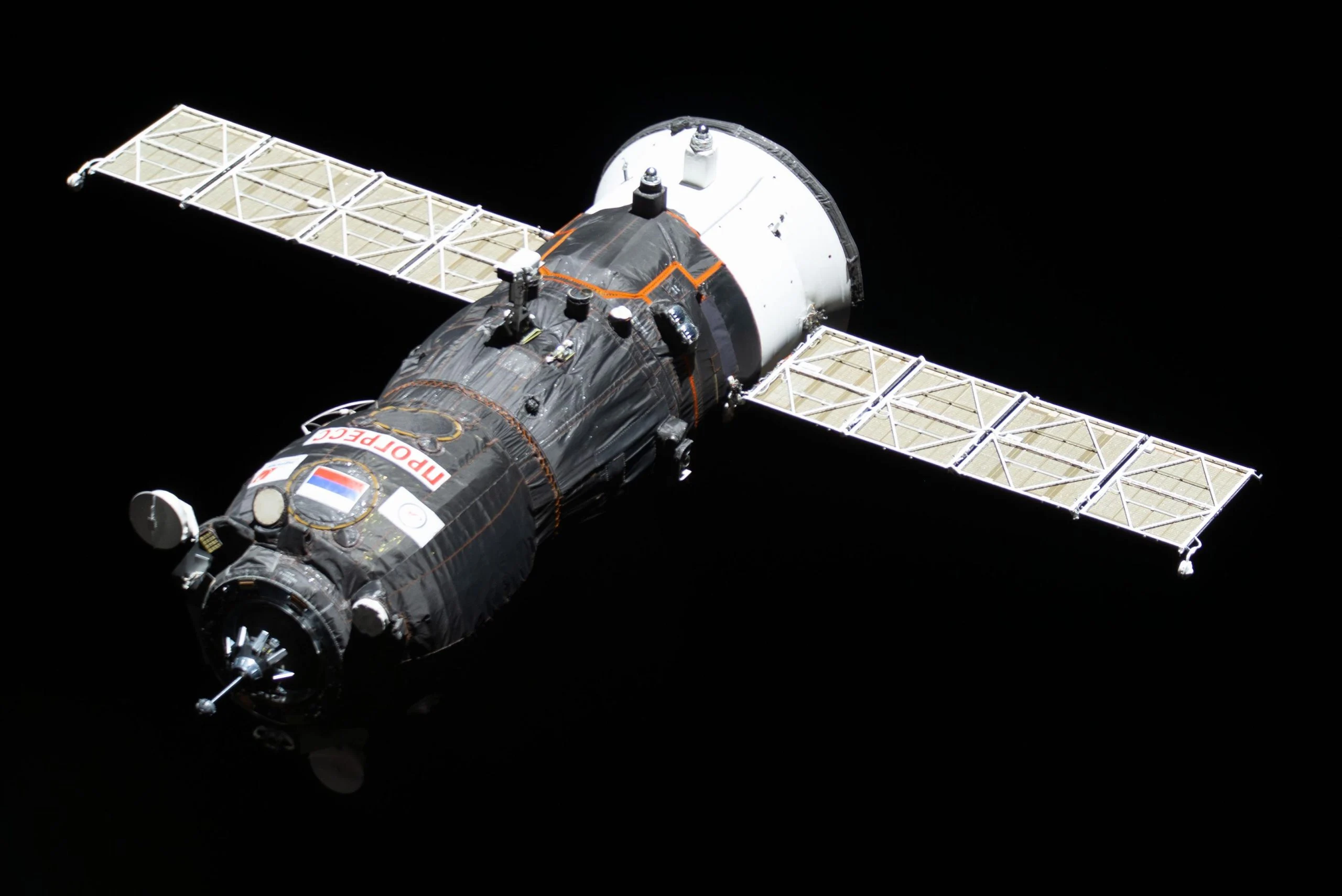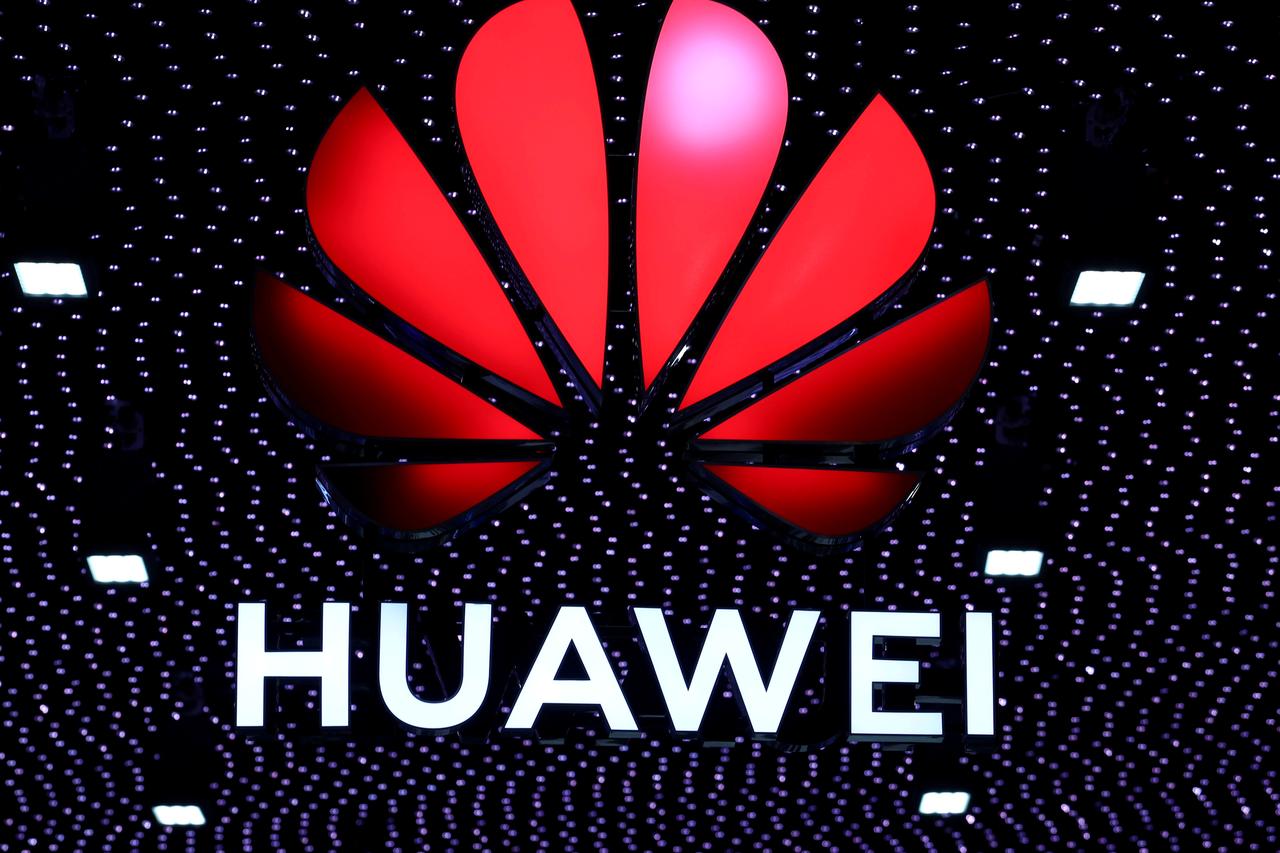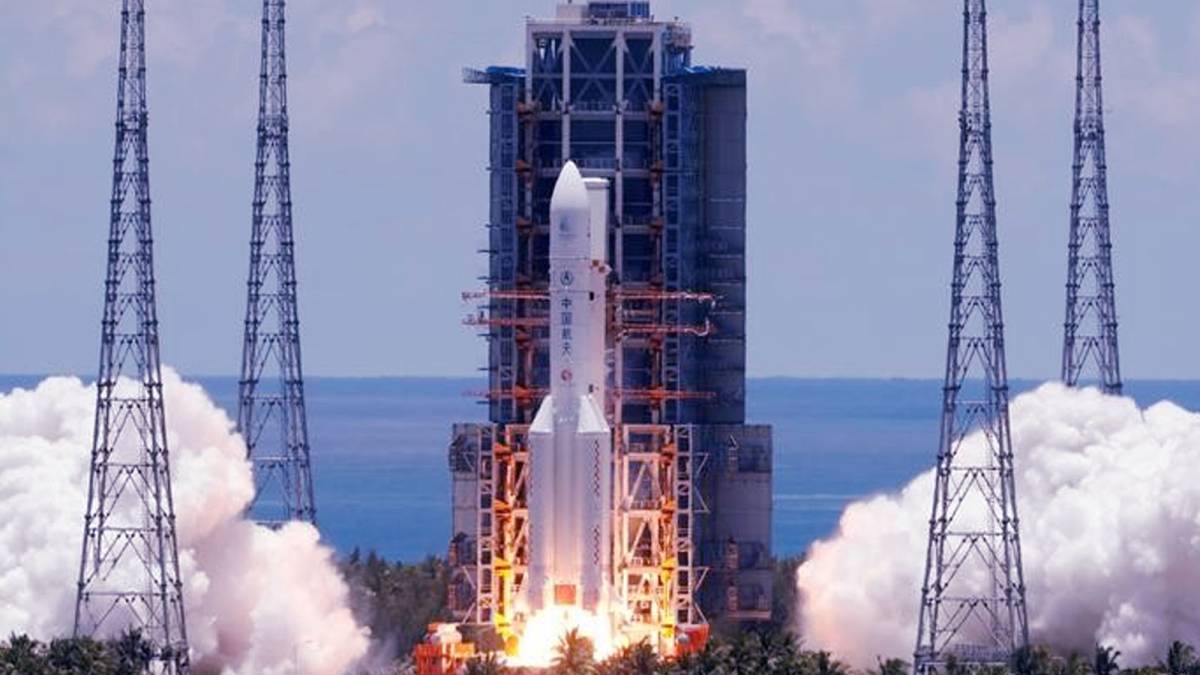In a significant milestone for space exploration and international cooperation, a spacecraft has successfully delivered a fresh batch of supplies to the International Space Station (ISS). The mission, executed with precision, is another testament to the advancements in space technology and the unwavering commitment to sustaining human life in orbit.

The Mission’s Importance
The supply mission is not just about delivering food, water, and other essentials; it’s a lifeline for the astronauts aboard the ISS. The station, which orbits approximately 420 kilometers above Earth, relies heavily on these resupply missions to maintain its daily operations. These supplies include everything from scientific equipment and research materials to personal items and fresh food.
The recent mission was crucial, as it carried several critical components necessary for ongoing experiments and the station’s maintenance. The ability to deliver these supplies efficiently ensures that the ISS remains operational and continues to be a hub for groundbreaking research that benefits humanity.
A Smooth Launch and Docking
The spacecraft, launched from a space center on Earth, followed a well-calculated trajectory to reach the ISS. After liftoff, the spacecraft entered low Earth orbit and aligned itself with the station, a process that requires precise calculations and coordination. The docking procedure, often the most challenging part of the mission, was executed flawlessly, showcasing the expertise of the mission control team and the reliability of modern space technology.
Once docked, the astronauts aboard the ISS began the process of unloading the supplies. This is a meticulous task, as the items need to be stored in specific locations within the station to ensure they are easily accessible when needed. The supplies included fresh fruits, which are always a welcome treat for the crew, along with essential medical supplies and new scientific experiments that will be conducted in the station’s labs.
The Role of Robotics in Space Missions
A key highlight of this mission was the use of advanced robotics in the docking process. The spacecraft was equipped with a robotic arm that assisted in maneuvering and securing the vessel to the station. This technology has become increasingly important in space missions, reducing the risk to astronauts and improving the efficiency of operations.
Robotics also played a role in unloading the cargo. The ISS is equipped with robotic systems that help move heavy or delicate items within the station, allowing the crew to focus on more complex tasks. This integration of robotics is a step forward in ensuring the safety and success of future missions, especially as plans for more extended space exploration continue to evolve.
International Collaboration
The success of this mission is a testament to the strength of international collaboration in space exploration. The ISS itself is a joint project involving multiple space agencies, including NASA, Roscosmos, ESA, JAXA, and CSA. Each agency contributes resources, expertise, and funding to keep the station operational and push the boundaries of human knowledge.
This particular mission involved contributions from various countries, showcasing the global nature of space exploration. The spacecraft was built with components from different nations, and the mission control teams worked across time zones to ensure the mission’s success. This collaboration highlights how space exploration transcends borders and brings together the best minds from around the world.
Scientific Advancements on the Horizon
With the new supplies delivered, the astronauts on the ISS can continue their vital work on various scientific projects. The station is home to experiments that cannot be conducted on Earth due to gravity. These experiments cover a wide range of fields, from biology and physics to material science and astronomy.
One of the key experiments in this mission’s cargo is focused on understanding how long-duration spaceflight affects the human body. This research is crucial as space agencies prepare for future missions to the Moon, Mars, and beyond. The data collected will help scientists develop strategies to mitigate the risks associated with extended space travel, ensuring that astronauts can remain healthy and safe during their missions.
Another exciting experiment involves testing new materials in the harsh environment of space. These materials could have applications not only in future spacecraft but also in industries on Earth, such as aerospace, automotive, and construction. The ISS continues to be a valuable testing ground for innovations that could have far-reaching impacts.
Looking to the Future
The successful delivery of supplies to the ISS is just one part of the broader vision for space exploration. As space agencies and private companies continue to develop new technologies, the dream of establishing a sustainable human presence beyond Earth becomes increasingly feasible. Missions like this one pave the way for more ambitious endeavors, including the construction of lunar bases and manned missions to Mars.
The role of private companies in these missions is also growing. Commercial spacecraft are now regularly involved in resupply missions, bringing new innovations and efficiencies to the process. This partnership between public space agencies and private enterprises is a model for future exploration, combining the strengths of both sectors to achieve common goals.
A Step Forward for Humanity
The successful resupply mission to the ISS is a reminder of what humanity can achieve when we work together. The continued operation of the ISS and the research conducted there are vital to our understanding of space and our place in the universe. Each successful mission brings us one step closer to the stars, and the possibilities for future exploration are limitless.
For more updates on space missions and the latest in technology, be sure to check out our Digital Digest Technology Section. Stay informed about the advancements shaping our future and the innovations that will take us beyond the final frontier.






